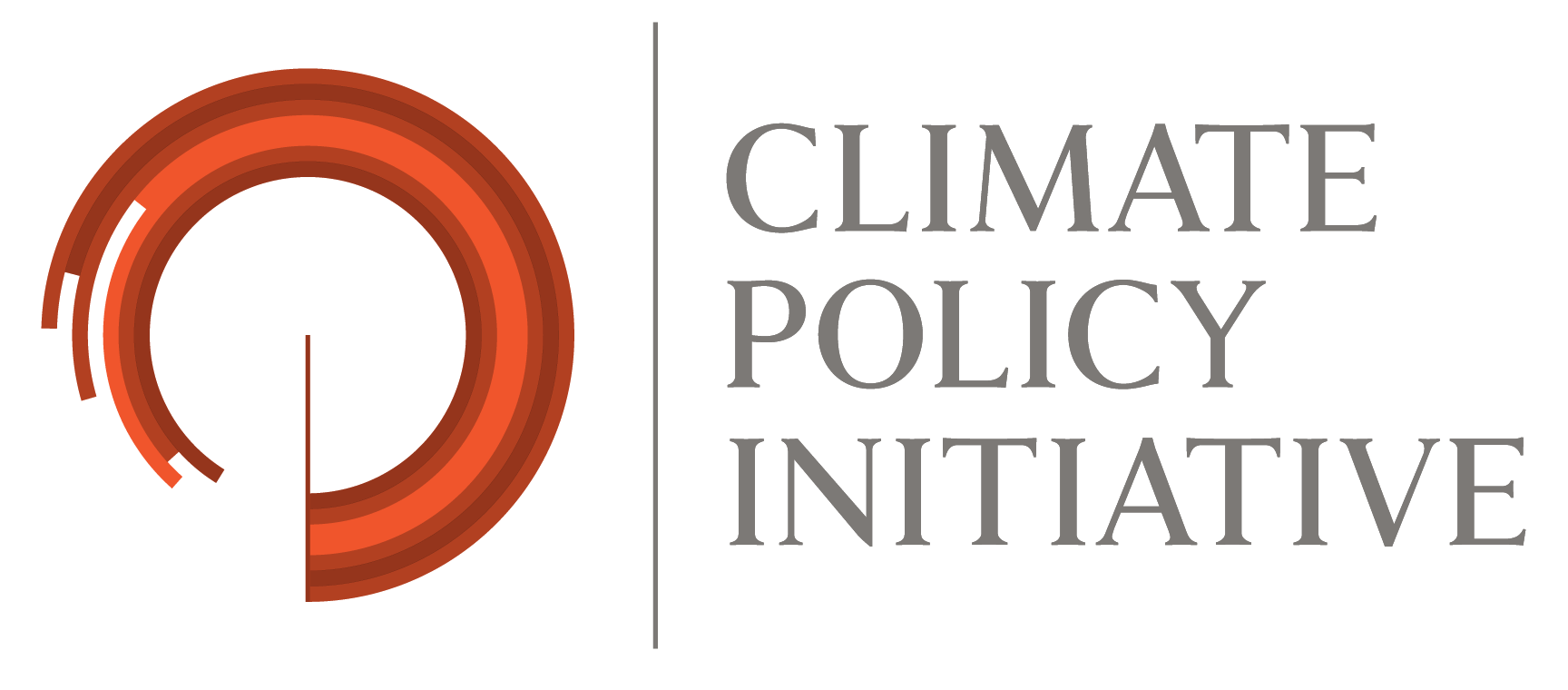24 June, London—According to Climate Policy Initiative’s latest ‘Global Landscape of Climate Finance 2025’ report, annual climate finance reached a record-breaking USD 1.9 trillion in 2023—more than doubling over six years.
Between 2021 and 2023, climate finance grew by an average of 26% per year, a substantial increase from the 8% annual growth seen from 2018 to 2020. If this pace continues, the world could meet USD 6 trillion in annual climate investment—the most conservative estimate of needs—by 2028.
Opportunities for increased action
CPI’s new report shows momentum for private finance, especially for energy, as well as increased domestic climate finance:
- Mitigation finance more than doubled from USD 757 billion in 2018 to USD 1.78 trillion in 2023, driven by private investment in clean energy and transport.
- Private climate finance surpassed USD 1 trillion for the first time, driven by household spending on electric vehicles (EVs), solar, and energy-efficient housing.
- Clean energy, increasingly central to economies, is still the largest sector in climate finance, attracting almost 50% of mitigation finance. Fast-industrializing nations such as India, Brazil, and Viet Nam are scaling up clean power, spurred by falling technology costs and enabling policies.
- Other high-emitting sectors—such as agriculture, industry, and waste—still struggle to attract the required finance. Combined, they receive less than 10% of flows, presenting significant policy and investment opportunities.
- Public climate finance fell by around 8% from 2022 to 2023, amid constrained domestic budgets post pandemic. Recently announced cuts to official development assistance raise concern that public flows may decline further.
- 80% of finance was mobilized domestically, focused in East Asia, North America, and Western Europe. Least-developed countries face barriers to accessing affordable capital, and need more financial innovation and support.
- International climate finance to EMDEs reached USD 196 billion in 2023, with 78% from public actors. Cross-border private investment going to EMDEs rose from USD 19 billion in 2018 to USD 42 billion in 2023. More catalytic capital—such as guarantees, grants, and catalytic equity—is now needed to further scale and mobilize private finance in all regions.
“We’re seeing the power of good policy—when it’s aligned with strategic investment, it drives markets, scales clean technologies, and unlocks economic growth,” said Barbara Buchner, CPI’s Global Managing Director. “But much more is needed. To reduce climate harms and create durable economic opportunity, we must double down on forward-looking policies that steer capital away from high-emission activities and toward climate-resilient, low-emission solutions.”
Climate investment boosts economies, health, and resilience
Climate investment is not just about emissions—it benefits health, livelihoods, and resilience. Avoiding 2°C of warming could prevent economic losses of up to 15% of global Gross Domestic Product (GDP) by 2050.
“Climate investment is the economic opportunity of our time,” Buchner added. “Institutions that hesitate risk falling behind in a just transition-driven global economy.”
In addition to tracking the recent growth in climate finance, the ‘Global Landscape of Climate Finance 2025’ highlights the most promising opportunities—by region and sector—to redirect capital to areas with high potential to meet climate, development, and security needs. Beyond, emissions reduction, climate investment delivers multiple benefits including reduced pollution, improved health, job growth, reduced energy costs, and enhanced security and resilience.
Informing the global agenda
Building on CPI’s rigorous tracking methodology developed since 2010, the report is being launched at London Climate Action Week (LCAW), offering the most comprehensive and reliable assessment of investment trends, needs, and gaps for climate mitigation and adaptation finance.
LCAW overlaps with the UNFCCC (SB62) and informs the United Nations Framework Convention on Climate Change (UNFCCC) by providing evidence-based insights ahead of COP30 in Belém. It aims to help decision makers deliver targeted climate action in the final sprint towards the 2030 Sustainable Development Goals (SDGs).

